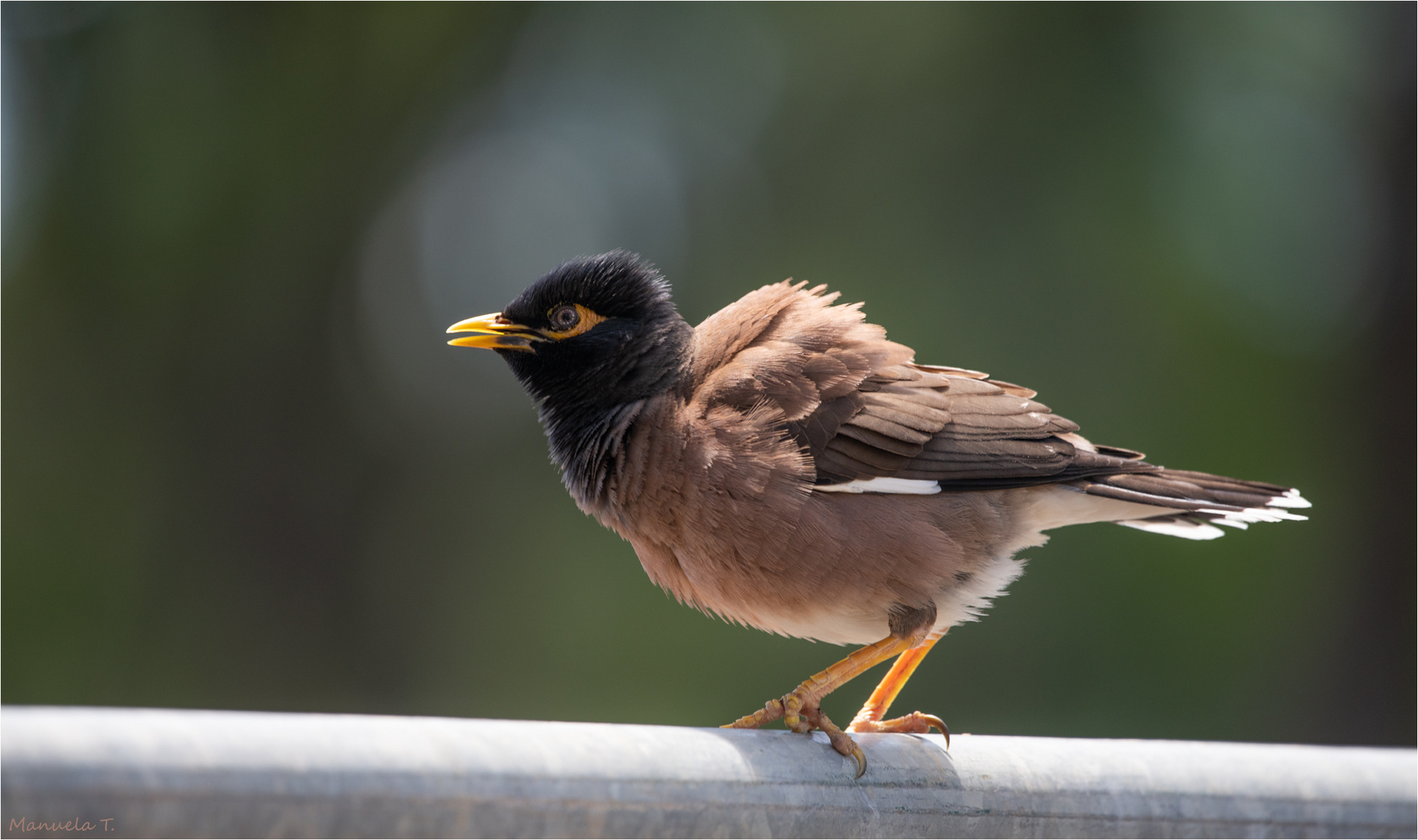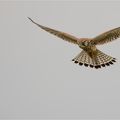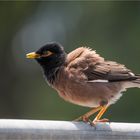Common myna
Common myna/ Hirtenmaina oder Hirtenstar
Acridotheres tristis
The common myna is native to Asia, which I myself did not know, and has been introduced to many other parts of the world, including Australia, It is typically found in open woodland, cultivated and near residential areas. The bird probably owes its success in the urban and suburban environments of Sydney and Canberra to its evolutionary origins; the common myna evolved in the open forests of India and is pre-adapted to habitats with tall vertical structures and little to no vegetative ground cover, features characteristic of city streets and urban conservation areas. In Australia, the common myna is an invasive pest . They are often the predominant bird in urban areas all along the east coast . In a 2008 plebiscite, the bird was named the "most important pest/problem" in Australia. Due to their numbers and feeding behaviour, they have earned the nickname "flying rats".
Der Hirtenmaina ist in Asien beheimatet was ich selbst nicht wusste, und wurde in viele andere Teile der Welt eingeführt unter anderen in Australien, Er kommt typischerweise in offenen Wäldern, in Kultur und in der Nähe von Wohngebieten vor. Der Vogel verdankt seinen Erfolg in den städtischen und vorstädtischen Umgebungen von Sydney und Canberra wahrscheinlich seinen evolutionären Ursprüngen; Die gemeine Myna hat sich in den offenen Wäldern Indiens entwickelt und ist an Lebensräume mit hohen vertikalen Strukturen und wenig bis gar keiner vegetativen Bodenbedeckung vor angepasst, Merkmale, die für Stadtstraßen und städtische Naturschutzgebiete charakteristisch sind. In Australien ist die Hirtenmaina ein invasiver Schädling . Sie sind oft der vorherrschende Vogel in städtischen Gebieten entlang der gesamten Ostküste . In einer Volksabstimmung von 2008 wurde der Vogel in Australien zum „wichtigsten Schädling/Problem“ gekürt. Aufgrund ihrer Anzahl und ihres Fressverhaltens haben sie sich den Spitznamen „fliegende Ratten“ verdient.
https://ebird.org/species/commyn/
Infos Wicki
taken11.22






















Isy H. 06/02/2023 8:29
Wunderschön das sanfte Licht am Motiv! LG IsyRobert L. Roux 02/02/2023 11:28
wow ... !philipp52 26/01/2023 15:41
ein Bild, das seinen Starenallüren gerecht wir. Klasse gemachtLG Philipp
Harold Thompson 22/01/2023 16:47
Beautiful captureHarold and Sue
Wolfgang Kaeding 22/01/2023 10:59
Hallo Manu,der hat sich gut für Dich plaziert.
Viele Grüße Wolfgang
Marina Luise 22/01/2023 10:29
Ist das ein Hübscher! :)) Ein perfektes Foto!Tante Mizzi 22/01/2023 2:48
Eine sehr schöne Aufnahme von diesem hübschen exotischen Star !!!Ich wünsche Dir ein schönes Wochenende und bleib gesund!
Liebe Grüße
Mizzi
patrick hyrailles 21/01/2023 7:15
beau shoot bravoAdele D. Oliver 21/01/2023 3:32
wonderful with his feathers all ruffled ...excellent close and sharp portrair !
warm regards,
Adele
Dario Zeller 20/01/2023 20:44
Sehr schön getroffen und freigestellt.Vitória Castelo Santos 20/01/2023 19:39
Sehr schön, gut präsentiert !!Guten Samstag
LG Vitoria
Axel Sand 20/01/2023 18:58
Das hast Du klasse gemacht.Gruß Axel
Maria Lima Marques 20/01/2023 16:46
Wunderschöne AufnahmeLgMaria
Laelia Letombe 20/01/2023 16:37
magnifique amts laeliaH.D. G. 20/01/2023 14:58
Schöner Vogel, sehr schön freistehend und im Streiflicht fotografiert.Gruß Dieter